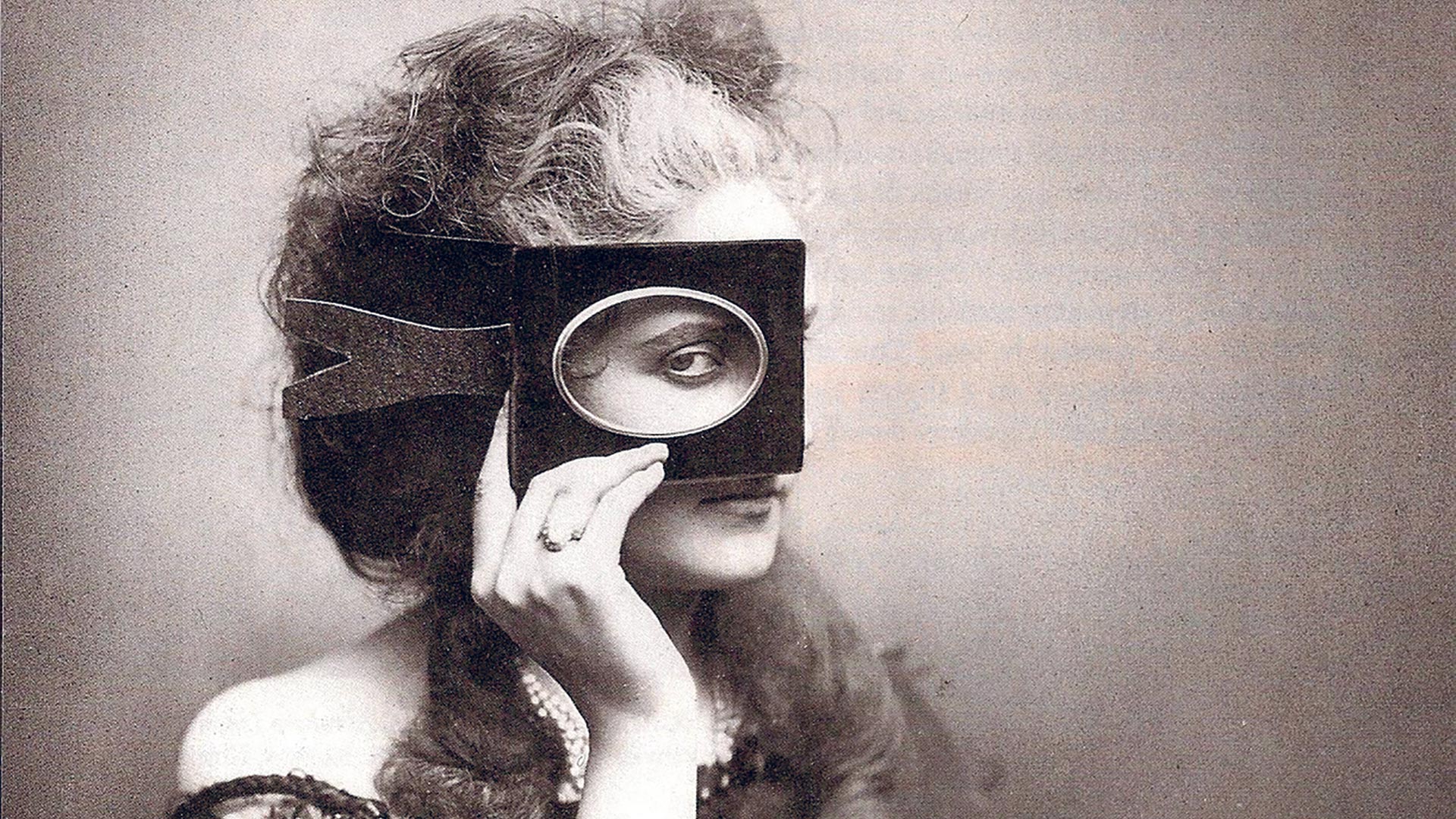Virginia Oldoini
In 1853, the Queen of Italy, Maria Adelaide, tired from giving birth to many children and upon recommendation of her doctor, picked La Spezia as the place where to rest in the sunshine of the Riviera.
As the Queen and the King decided to spend some time here, a new interest towards this place arose: those summery sunny days and these coasts gave life to great love stories, such as the one between the Count Verasis di Castiglione and the flawless Virginia Oldoini, beautiful and intelligent, who in a very short time became one of the most influential women of that time.
She was born in Florence in 1837 and grew up in La Spezia. She also was the cousin-in-law of Camillo Benso, Count of Cavour – one of the most preeminent men of that period and one of the key figures for the unification of Italy – who entrusted her with a crucial role for the 19th-century history.
Virginia Oldoini, taking the name of Virginia di Castiglione after marriage, was and still is a heavenly figure.
She was fascinating and seductive, had exquisite intellect and intelligence, and she could speak four languages. Virginia even created encrypted codes for her correspondence with the government of Piedmont and for her personal affairs. She was well aware of her persuasive talent, and soon she became an important figure within the French court, encouraging alliances with Napoleon and endearing herself to the Emperor as his lover.
Address
La SpeziaInteresting facts

When she was young, she charmed the whole Europe with her extraordinary attractiveness, living in a fantasy that she contributed to create and nourish, with her flair and obstinacy.
Pauline von Metternich even defined Virginia pungently as “a statue of flash”. With great competence, Virginia spread out her image: she let herself be photographed in tired-out poses and in superb portraits, where she flaunted radiant elegance, somehow programming her eternal beauty in the myth that still exists today, thanks to her determination seemingly anticipating customs of the current times.



